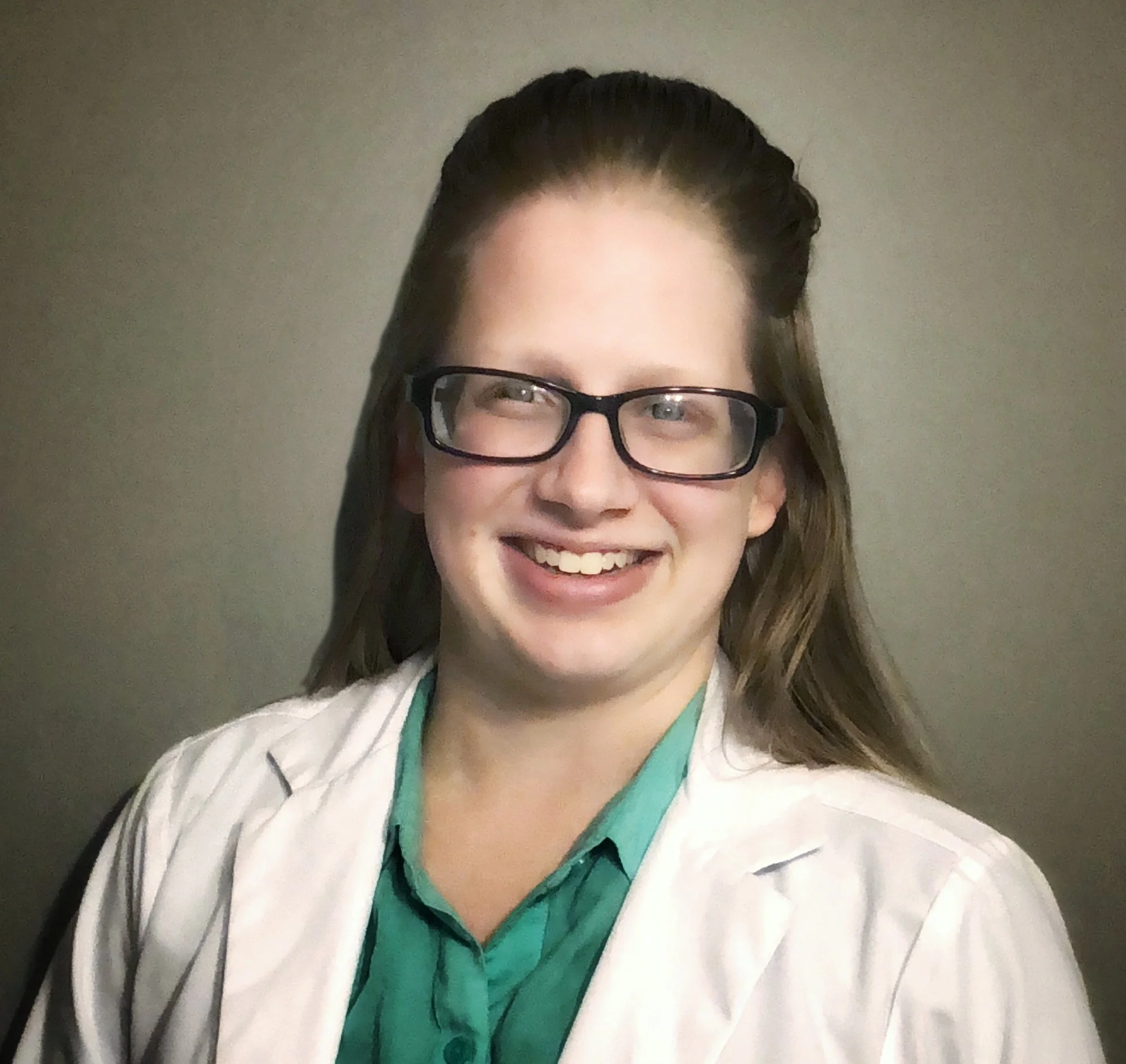I recently enjoyed a PCSS webinar on the concept of staging in substance use disorder. The speakers were Dr. Edwin Salsitz, MD, DFASAM and Karen Bachi, PH, LCSW of the Addiction Institute of Mount Sinai. The webinar discussed the issue of people with chronic substance use disorders who have gone to detox and had multiple treatments but fail to stabilize. They keep showing up in the ER over and over. The presenters noted that staging is common in medicine for many chronic disorders, including cancer, COPD, and kidney disease. The DSMV uses staging as well, with criteria for mild, moderate, severe, etc. Therapy is based on the staging. Dr. Salsitz noted that social determinants may play some role in the chronicity of all medical disorders, but that may be especially true in addiction disorders. Social factors may contribute to stress, repeated trauma, repeated exposure to cues, triggers. They proposed that people with psychosocial complexities may be a different subgroup and require a different treatment plan than people who have more resources and fewer social stressors. It has clearly been shown in research that childhood maltreatment results in structural changes in the brain. I think most of us working with substance use disorders have figured this out. These people usually (not always) have a more difficult time stabilizing.
Dr. Salsitz discussed a treatment program in Seattle’s King’s County from several years ago. They created a list of 200 of the most chronic people with substance use disorder who were costing the county the most money in terms of ER visits, homelessness, and use of other resources. They had all failed at least 6 past efforts at treatment, and had been struggling with SUD and living on the streets for several years. They offered 75 of them an apartment in a new building. They were allowed to drink in their rooms, were not required to attend AA, and they did not have to make a commitment to drink less. According to some of the participants in the webinar, this program is still in existence.
Dr. Salsitz defined palliative care as “specialized medical care for people living with a serious illness where treatments directed at recovery have not been effective. This type of care is directed at relief of the symptoms and stress of a serious illness. The goal is to reduce harm and improve quality of life for both the patient and the family.”
Does this make sense for some of our patients? I can certainly think of patients that I’ve seen who would fit this category. Of course, the Seattle program is controversial. We would like to think that we never give up on the possibility that one more treatment will work. We have all seen people who did finally stabilize after the 10 th or 15th treatment. I think Dr. Salsitz would say that being in palliative care doesn’t preclude making sure that treatment is available if the person decides that they want it. The Seattle program was motivated largely by financial considerations. The goal was to save money from the frequent ER visits, jail time, resources utilized on homelessness. Did this savings pay for the program? I don’t know the answer. It was a creative attempt to solve a complex problem. Is it time that we begin to think outside the box for our terminal patients? And how do we decide when someone is terminal? Dr. Salsitz agrees that we need to better understand what factors should be used for staging.
One of the most interesting slides in the webinar came from a 2019 article in JAMA, Association Between Life Purpose and Mortality Among US Adults Older than 50 Years, JAMA New Open. 2019; 2(5):e194270. doi:10.1001/jamanetworkopen.2019.4270. This study showed that lack of a sense of purpose in life resulted in worse survival than those with a strong sense of purpose. I sometimes ask patients what their goals were when they were younger, in high school. Although my observations are purely that, I feel that people who had no goals, no aspirations in the past have a poorer prognosis than those who had a sense of possibility. Medication is very important, but most people participating in the webinar agreed that it takes something more to restore a sense of purpose, and that’s where the relationship with treatment providers comes i
Colleen Ryan, MD

